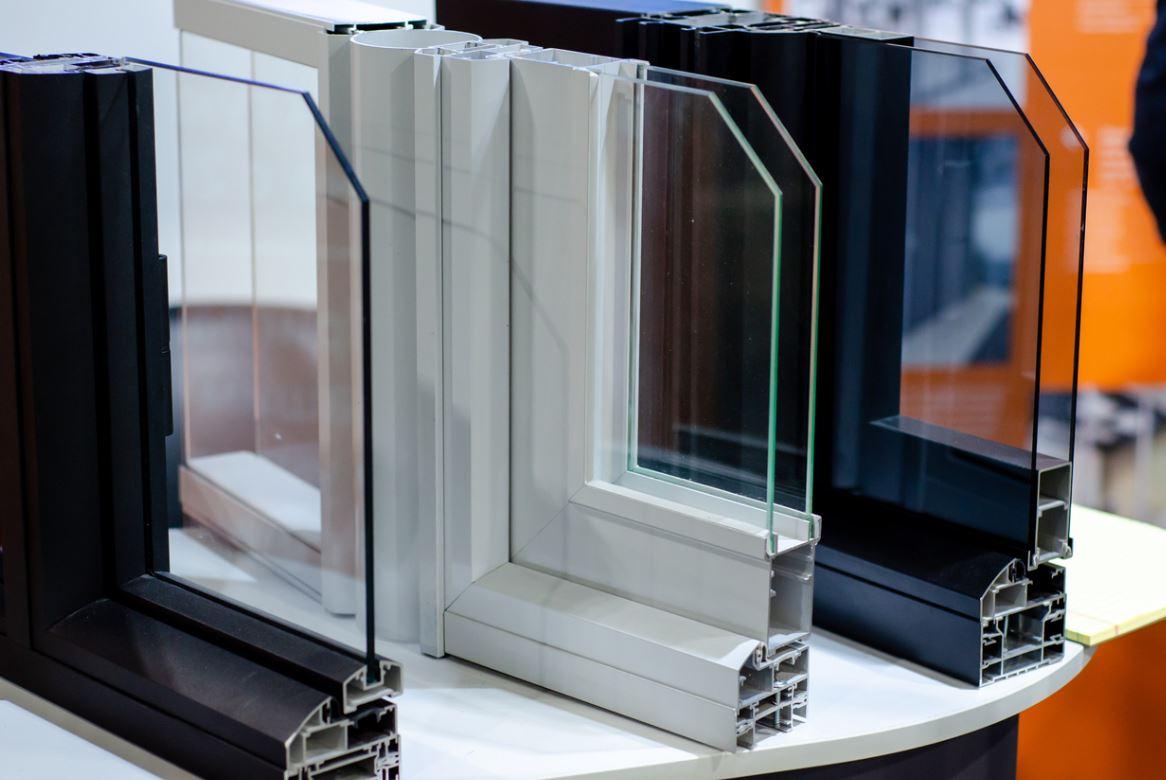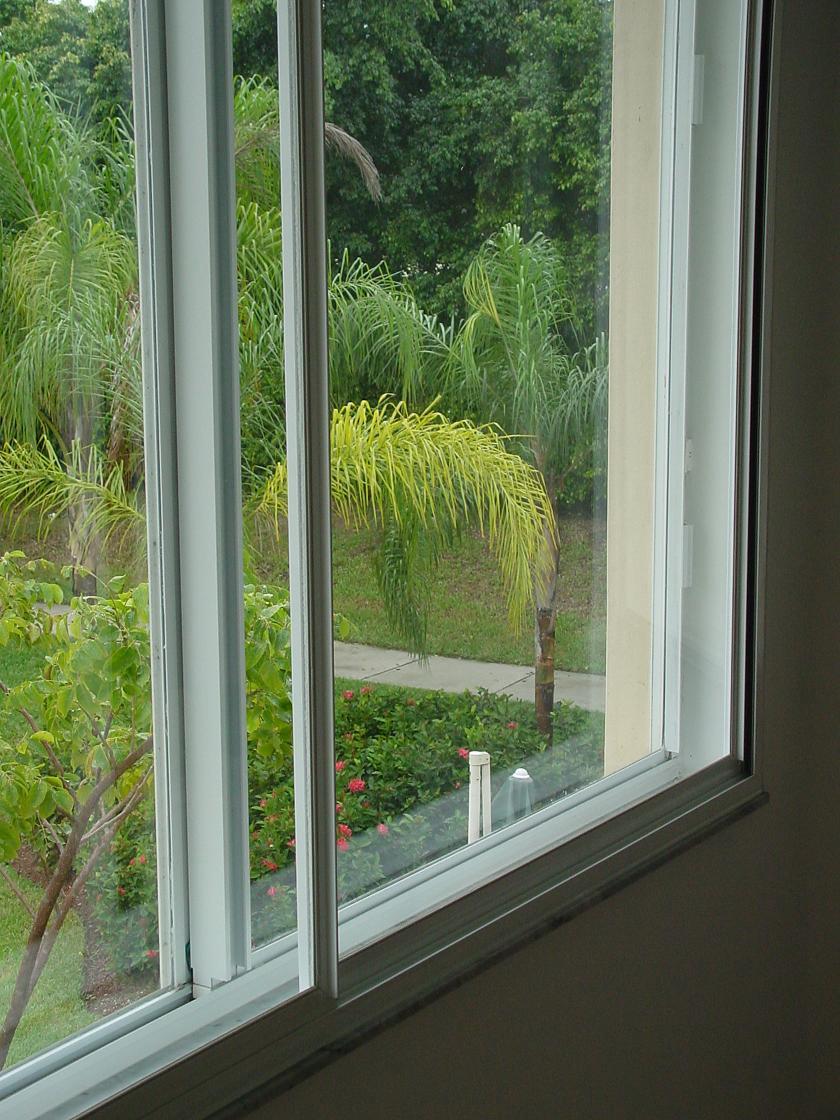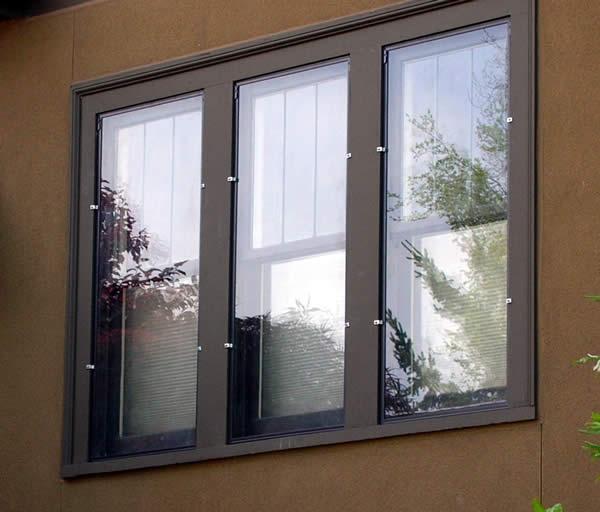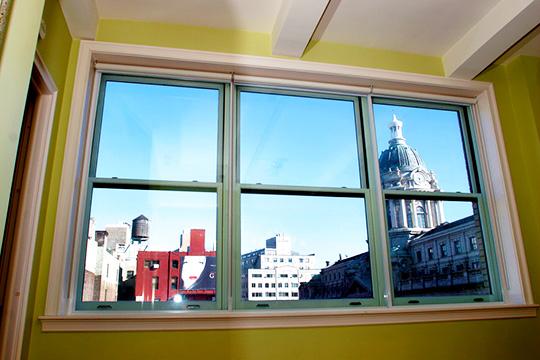Imagine stepping into a serene sanctuary amid the relentless buzz of urban life-a place where the clamor of honking cars, bustling crowds, and distant construction fades into a distant whisper. This peaceful refuge is not a product of fantasy but a triumph of engineering: noise-reducing windows and doors. Behind their sleek frames lies a sophisticated blend of science and innovation, meticulously designed to shield our homes and workplaces from unwanted sound. In this article, we delve into the fascinating principles and technologies that make noise reduction possible, revealing how these everyday fixtures transform chaotic environments into havens of calm.
Table of Contents
- Understanding Sound Transmission and Its Impact on Indoor Environments
- Materials That Make Noise-Reducing Windows and Doors Effective
- Design Innovations Enhancing Acoustic Performance
- Installation Techniques to Maximize Noise Reduction
- Choosing the Right Noise-Reducing Windows and Doors for Your Space
- Frequently Asked Questions
- In Summary
Understanding Sound Transmission and Its Impact on Indoor Environments
Sound transmission within indoor environments is a complex phenomenon influenced by multiple factors, including the materials used in construction, air gaps, and the frequency of the sound waves themselves. When unwanted noise travels through walls, windows, or doors, it can disrupt concentration, reduce comfort, and even affect overall well-being. The key to mitigating this disturbance lies in understanding how sound waves behave when they encounter various barriers.
Windows and doors are common weak points in a building’s soundproofing envelope. Sound waves can easily pass through thin panes or poorly sealed edges, causing indoor noise pollution. This is why noise-reducing windows and doors employ specialized designs that incorporate multiple layers of glass, air gaps, and sound-damping materials. These elements work together to reflect, absorb, and scatter sound waves, significantly lowering the amount of noise that penetrates inside.
- Laminated Glass: Contains a special interlayer that dampens vibrations from sound waves.
- Double or Triple Glazing: Creates air pockets that interrupt sound transmission.
- Sealed Frames: Prevents sound leakage through gaps.
- Acoustic Seals: Enhance airtightness around moving parts of doors and windows.
| Window/Door Feature | Impact on Sound Insulation | Typical Noise Reduction (dB) |
|---|---|---|
| Single Pane Glass | Minimal sound barrier | 20-25 |
| Double Glazing | Improved sound dampening | 30-35 |
| Laminated Glass | Absorbs vibrations effectively | 35-40 |
| Sealed Frames & Acoustic Seals | Reduces leakage significantly | Up to 5 additional dB |
By carefully selecting and combining these features, architects and homeowners can create indoor environments that feel quieter and more serene, turning noisy urban settings into peaceful retreats. The science behind these innovations not only enhances comfort but also contributes to healthier living spaces by reducing stress and improving sleep quality.
Materials That Make Noise-Reducing Windows and Doors Effective
At the heart of soundproofing technology lies a careful selection of materials designed to absorb, block, and dampen noise. The most effective noise-reducing windows and doors often incorporate multi-layered glass panes separated by air or gas-filled spaces, such as argon or krypton. These layers work together to disrupt sound waves, preventing them from easily passing through. The thickness and composition of these panes play a pivotal role in reducing different frequencies of noise, from the low hum of traffic to the high-pitched bark of a dog.
Beyond glass, the frames and seals surrounding these windows and doors are equally critical. High-quality frames made from materials like vinyl, fiberglass, or composite wood provide superior insulation against sound. These materials prevent vibrations that can transmit noise, while dense rubber or silicone gaskets create airtight seals that eliminate gaps, stopping sound leaks that often compromise lesser products.
In addition, some advanced doors and windows integrate specialized sound-absorbing cores, including layers of acoustic foam or mass-loaded vinyl (MLV). These materials add mass and density, making it harder for sound to penetrate. Their ability to convert sound energy into heat also diminishes reverberations inside a room, contributing to a quieter, more serene environment.
| Material | Function in Noise Reduction | Common Use |
|---|---|---|
| Double or Triple Glazed Glass | Blocks and reflects sound waves | Window panes |
| Vinyl/Fiberglass Frames | Prevents vibration transmission | Window & door frames |
| Rubber/Silicone Gaskets | Seals gaps to stop sound leaks | Sealing joints |
| Mass-Loaded Vinyl (MLV) | Adds density and absorbs noise | Core layer in doors |
| Acoustic Foam | Dampens reverberations | Core insulation |

Design Innovations Enhancing Acoustic Performance
Advancements in window and door design have revolutionized the way we control and minimize unwanted noise. One of the most impactful innovations is the use of multi-layered glazing systems. By combining two or more panes of glass separated by air or inert gas-filled spaces, these windows create barriers that significantly disrupt sound waves. The thickness and spacing of these layers are carefully engineered to target specific frequencies, enhancing overall acoustic insulation.
Another breakthrough comes from the integration of specialized frame materials. Traditional aluminum or wood frames have been replaced or supplemented with composite materials that possess better sound dampening properties. These materials absorb and dissipate vibrations before they can pass indoors, providing a quieter environment without compromising structural integrity.
- Laminated glass: Incorporates a sound-dampening interlayer that reduces noise transmission.
- Acoustic seals: Specialized weatherstripping seals prevent sound leaks around frames.
- Variable pane thickness: Different glass thicknesses curb resonance and reduce sound passage.
| Feature | Impact on Sound Reduction | Additional Benefits |
|---|---|---|
| Double Glazing | Up to 30 dB noise reduction | Energy efficiency |
| Laminated Glass | Enhanced low-frequency noise blocking | UV protection |
| Composite Frames | Vibration absorption | Durability and weather resistance |

Installation Techniques to Maximize Noise Reduction
Achieving optimal noise reduction starts long before the windows and doors are sealed into place. The installation process plays a pivotal role in determining how effectively these barriers perform against disruptive sounds. One key strategy is ensuring a perfectly airtight fit, as even the smallest gaps can allow sound waves to seep through, drastically reducing the noise-blocking capabilities of high-quality installations.
Professional installers often employ advanced sealing materials like acoustic caulk and high-density foam gaskets, which conform to irregularities in the wall or frame surfaces. These materials not only fill in voids but also add an extra layer of sound dampening. Additionally, the use of staggered or double-frame designs creates a buffer zone, disrupting the path of sound waves and minimizing vibrations that may otherwise penetrate the structure.
Another crucial aspect is the precise alignment of the window or door within its frame. Misalignment can cause ineffective compression of weatherstripping and seals, leaving weak points in the noise barrier. Utilizing specialized tools to measure and adjust for plumb, level, and square ensures that every edge is tightly sealed. Furthermore, integrating multi-layer glazing and insulated door cores during installation enhances the overall soundproofing effect by increasing mass and reducing resonance.
| Installation Technique | Impact on Noise Reduction |
|---|---|
| Airtight Sealing | Blocks air gaps, prevents sound leakage |
| Acoustic Caulking | Fills micro-gaps, enhances damping |
| Double-Frame Installation | Creates sound buffer, reduces vibration |
| Precise Alignment | Ensures effective seal compression |
- Use acoustic-rated insulation within wall cavities surrounding the frame.
- Opt for professional installation to guarantee adherence to soundproofing best practices.
- Regular maintenance to check and replace worn seals ensures long-term noise reduction.

Choosing the Right Noise-Reducing Windows and Doors for Your Space
When selecting windows and doors designed to minimize noise pollution, understanding the materials and construction techniques is key. Opt for products that feature multi-pane glass, as these create multiple barriers that disrupt sound waves more effectively than single-pane options. Additionally, the space between panes is often filled with inert gases such as argon, which further dampens external noise.
Frame materials play a significant role in sound insulation. Vinyl and fiberglass frames tend to absorb sound better than aluminum, which can conduct noise. Moreover, look for frames with insulated cores or those designed with tight seals to prevent sound leakage through gaps.
Another important factor is the door or window’s Sound Transmission Class (STC) rating. This standardized measurement indicates how well a product blocks sound. Here’s a quick comparison to guide your choice:
| Product Type | Typical STC Rating | Noise Reduction Example |
|---|---|---|
| Single-pane window | 25-28 | Low |
| Double-pane window | 30-35 | Moderate |
| Laminated glass window | 35-45 | High |
| Acoustic door with seals | 40-50+ | Very High |
Beyond materials and ratings, consider these additional features to maximize noise reduction:
- Weather-stripping and seals: Prevent sound leaks through gaps around the frame.
- Thicker glass panes: Heavier glass tends to block more sound vibrations.
- Non-parallel glass panes: Angled panes can reduce sound resonance inside the window unit.
- Proper installation: Even the best windows and doors can fail to block noise if not installed correctly.
By combining these elements thoughtfully, you can transform your space into a quieter sanctuary, shielding it from the chaos of the outside world without compromising on style or natural light.
Frequently Asked Questions
Q&A: The Science Behind Noise-Reducing Windows and Doors
Q1: What exactly makes windows and doors “noise-reducing”?
A1: Noise-reducing windows and doors are specially designed to minimize the transmission of sound waves from outside to inside. They achieve this through a combination of materials, construction techniques, and sealing methods that disrupt and absorb sound energy, effectively creating a quieter indoor environment.
Q2: How do materials influence the soundproofing ability of windows and doors?
A2: Materials play a crucial role. Dense, heavy materials like laminated glass, solid wood, or composite frames block sound waves better than lighter ones. Laminated glass, for example, contains a plastic interlayer that absorbs vibrations, reducing noise transmission. Similarly, insulated frames with multi-chamber designs help trap sound.
Q3: Does the thickness of glass matter for noise reduction?
A3: Yes, thickness matters-but it’s not just about having thicker glass. Using glass panes of varying thicknesses in double- or triple-glazed windows creates a “mass-spring-mass” system that disrupts sound waves at multiple frequencies. This variation prevents certain sounds from passing through as easily as uniform thickness would.
Q4: What role does the air gap in double or triple glazing play?
A4: The air (or gas-filled) gap between glass panes acts as a buffer zone that sound waves must travel through, which reduces their energy. Larger gaps and inert gases like argon or krypton enhance this effect by providing better insulation against both heat and noise.
Q5: How important is the sealing around windows and doors?
A5: Sealing is critical. Even the best glass and frame won’t stop noise if there are gaps or leaks where sound can sneak through. High-quality weatherstripping and airtight seals prevent these sound leaks, ensuring the noise-reducing features perform optimally.
Q6: Are noise-reducing windows and doors effective against all types of noise?
A6: They are more effective against certain noises, especially consistent, low-frequency sounds like traffic hum or airplane noise. Sudden, sharp noises like sirens or banging can be more challenging to fully block, but overall these windows and doors significantly reduce the general noise level indoors.
Q7: Can upgrading windows and doors alone solve noise problems?
A7: While upgrading helps greatly, windows and doors are just part of the equation. Walls, ceilings, and floors also transmit sound, so comprehensive soundproofing may involve additional treatments like insulation, acoustic panels, or rugs to achieve the quietest spaces.
Q8: Are noise-reducing windows and doors energy-efficient as well?
A8: Often, yes. The same features that block sound-like multiple glazing layers and sealed frames-also improve thermal insulation. This dual benefit helps keep homes quieter and more energy-efficient, reducing heating and cooling costs.
Q9: How can I tell if a window or door is truly noise-reducing?
A9: Look for products with a Sound Transmission Class (STC) rating-the higher the number, the better the noise reduction. Additionally, certifications from acoustic testing labs and manufacturer specifications can guide you to effective noise-reducing options.
Q10: Is professional installation necessary for noise-reducing windows and doors?
A10: Professional installation is highly recommended. Proper fitting, sealing, and alignment are essential to maintain the integrity of the noise-reducing features. Even small installation errors can create gaps for sound to penetrate, negating the benefits.
This Q&A explores the fascinating science behind noise-reducing windows and doors, revealing how thoughtful design and materials come together to create peaceful, serene indoor spaces amidst noisy surroundings.
In Summary
As the hum of the outside world continues to grow louder, the science behind noise-reducing windows and doors offers a quiet refuge-a blend of engineering precision and material innovation designed to restore peace to our living spaces. By understanding how sound waves interact with these specially crafted barriers, we gain not only appreciation for the technology but also insight into creating environments where silence is no longer a luxury, but a standard. In the end, these silent sentinels do more than block noise; they open a door to tranquility in an ever-bustling world.

